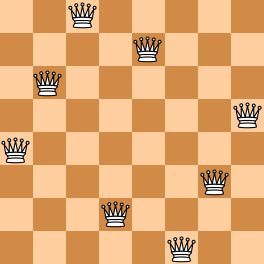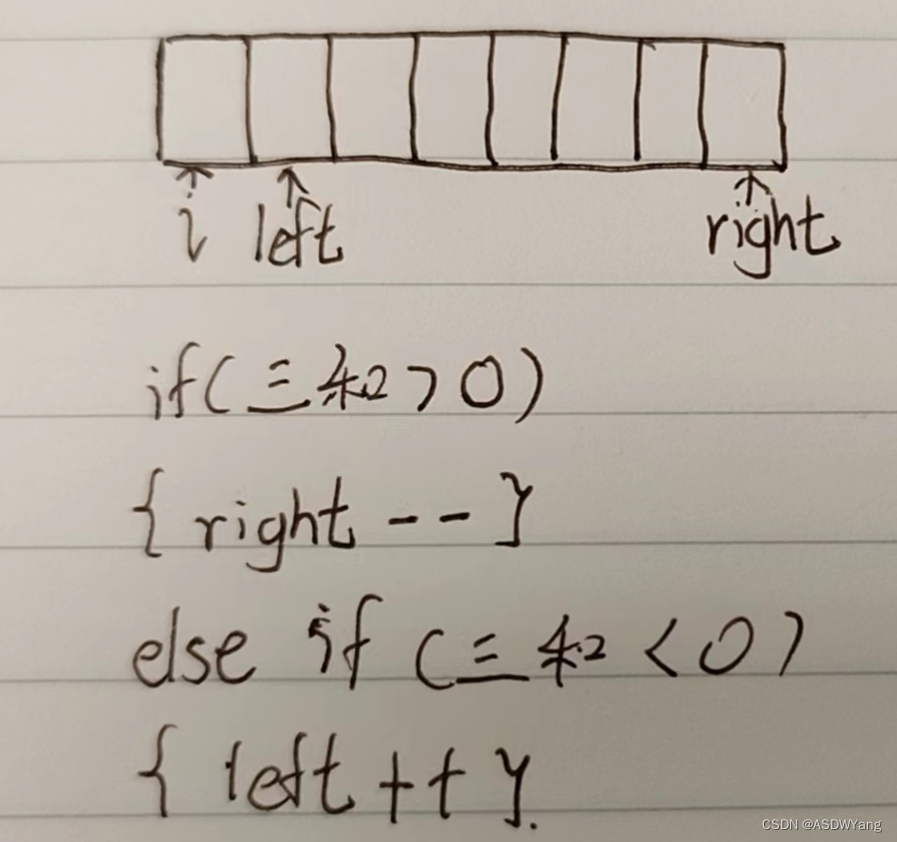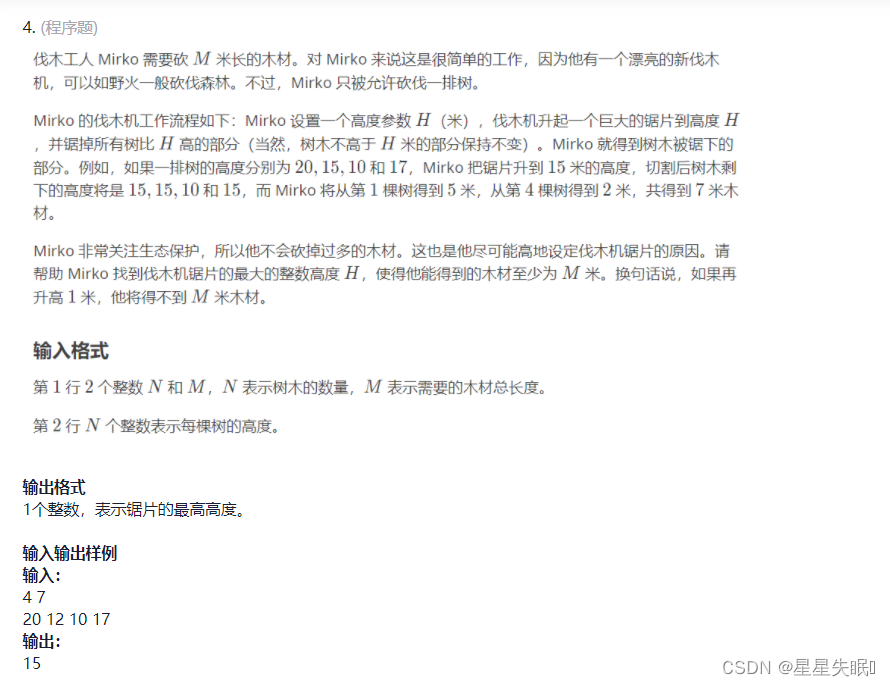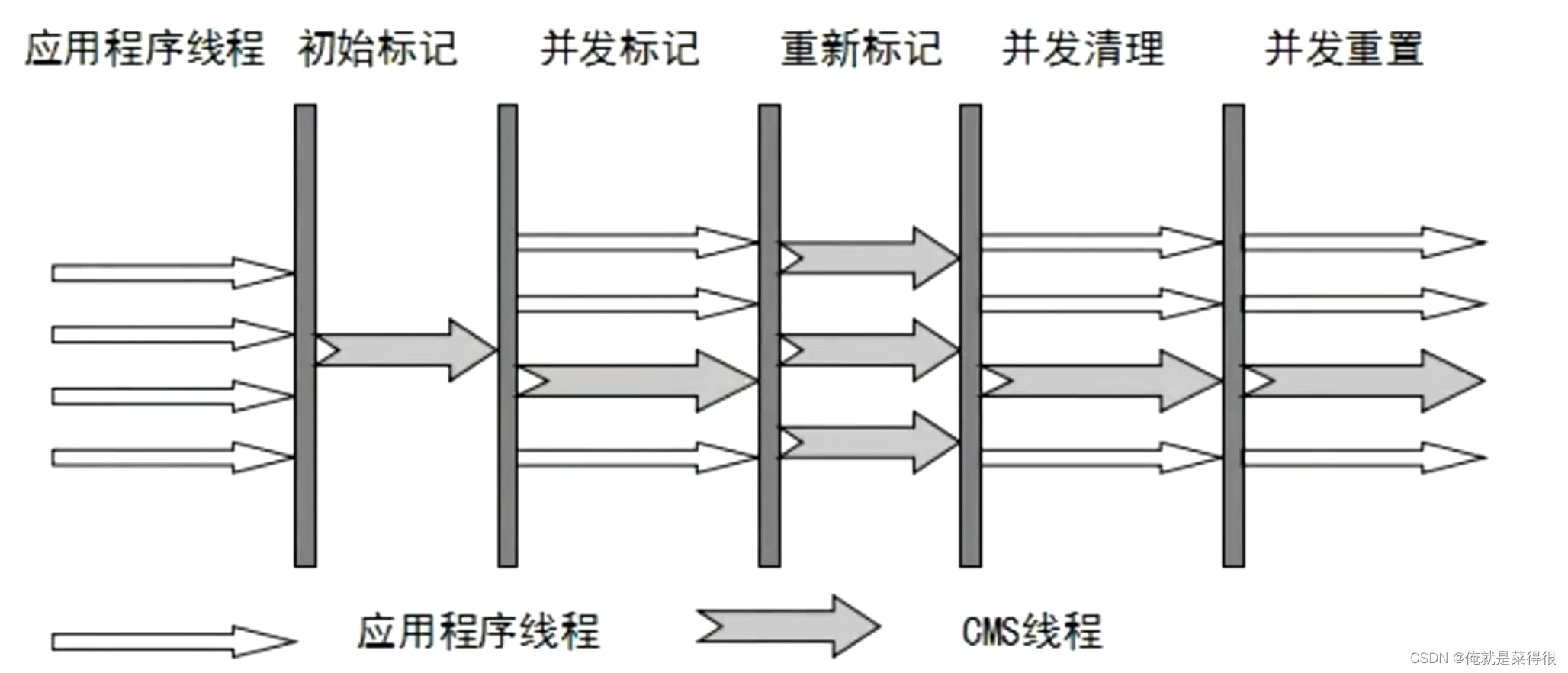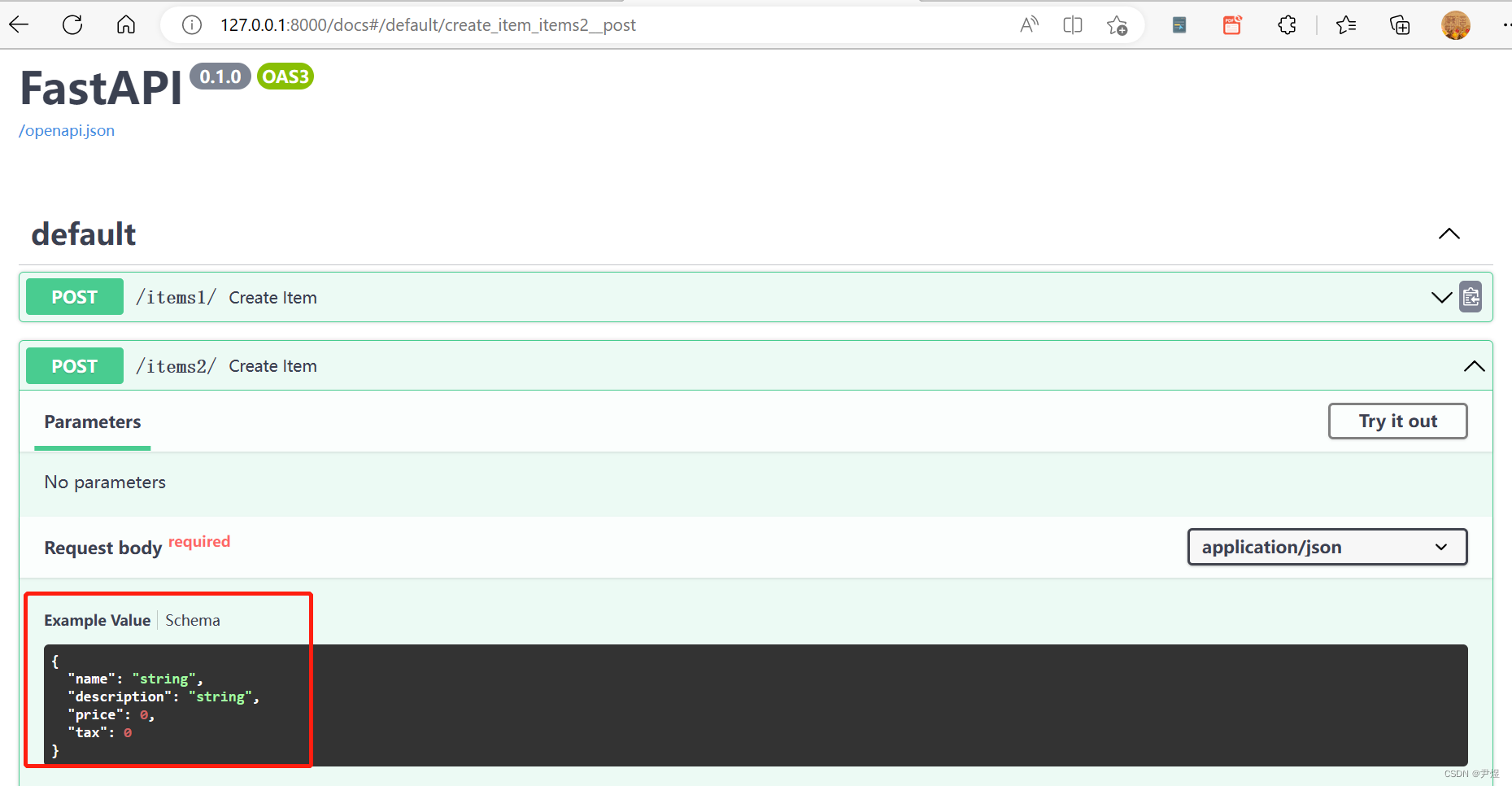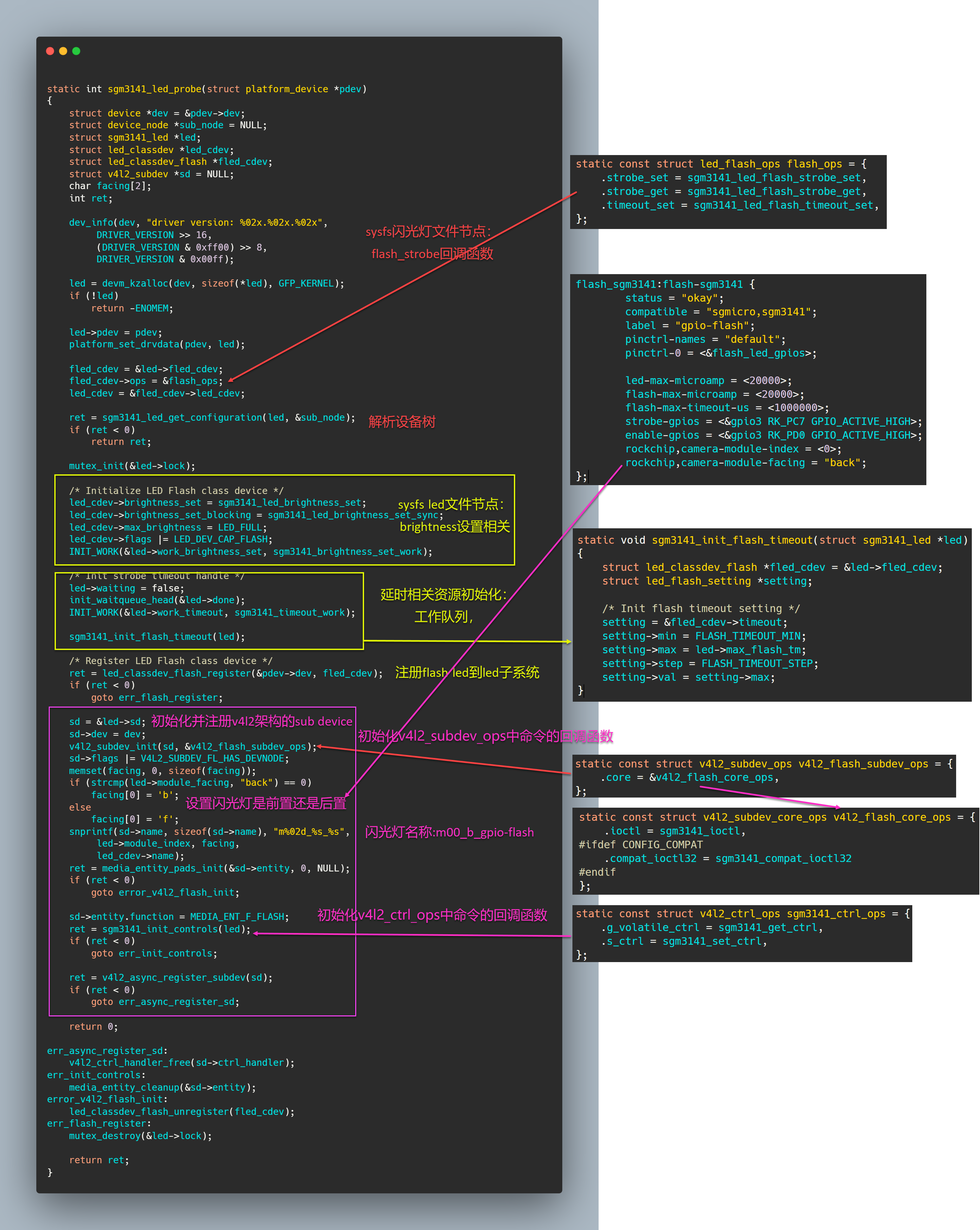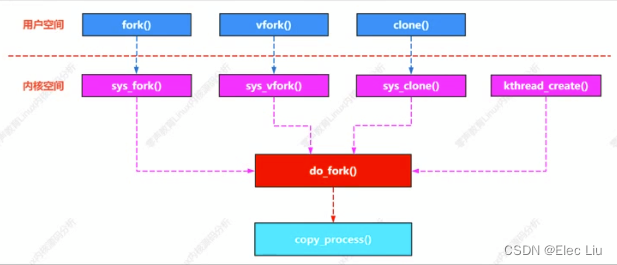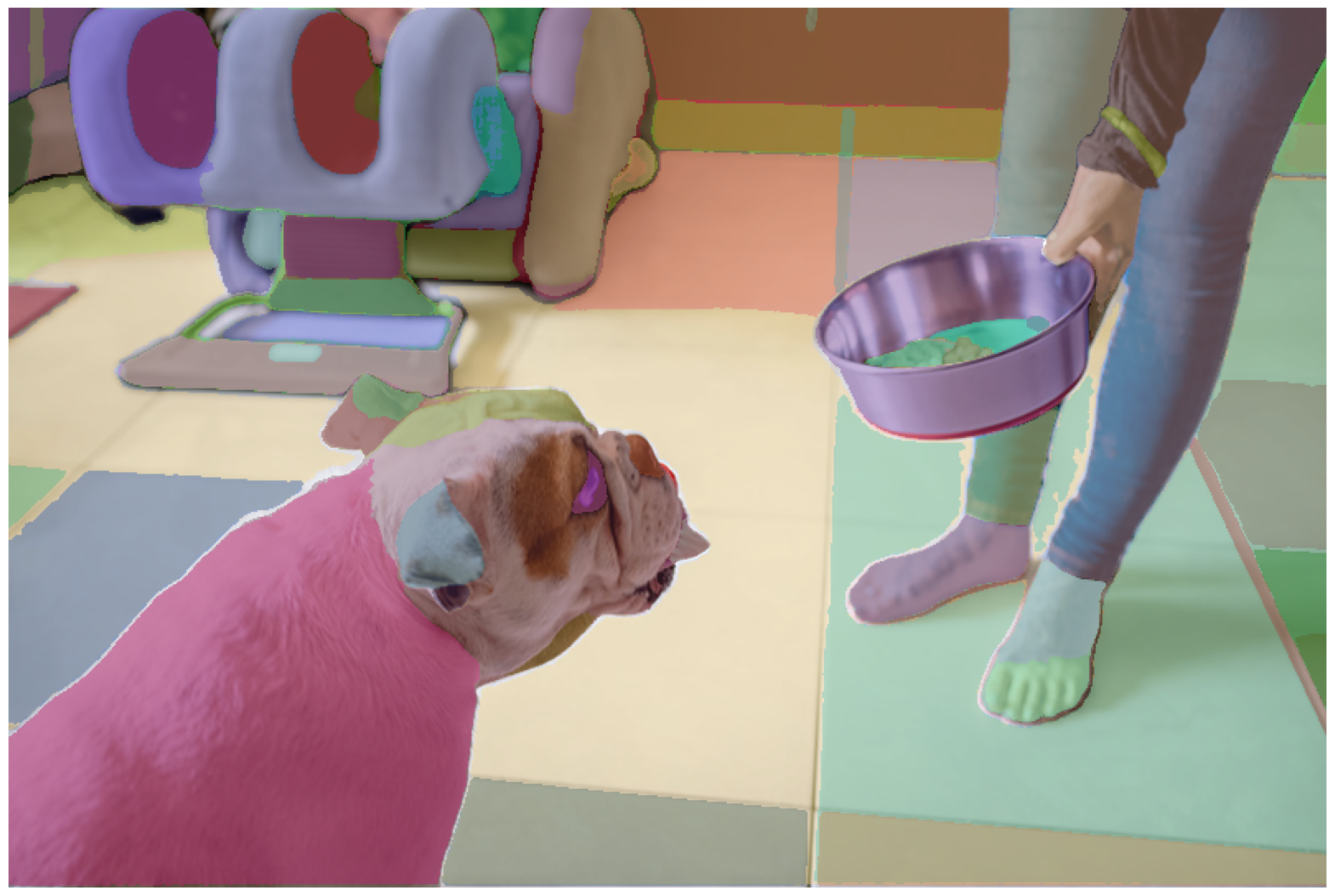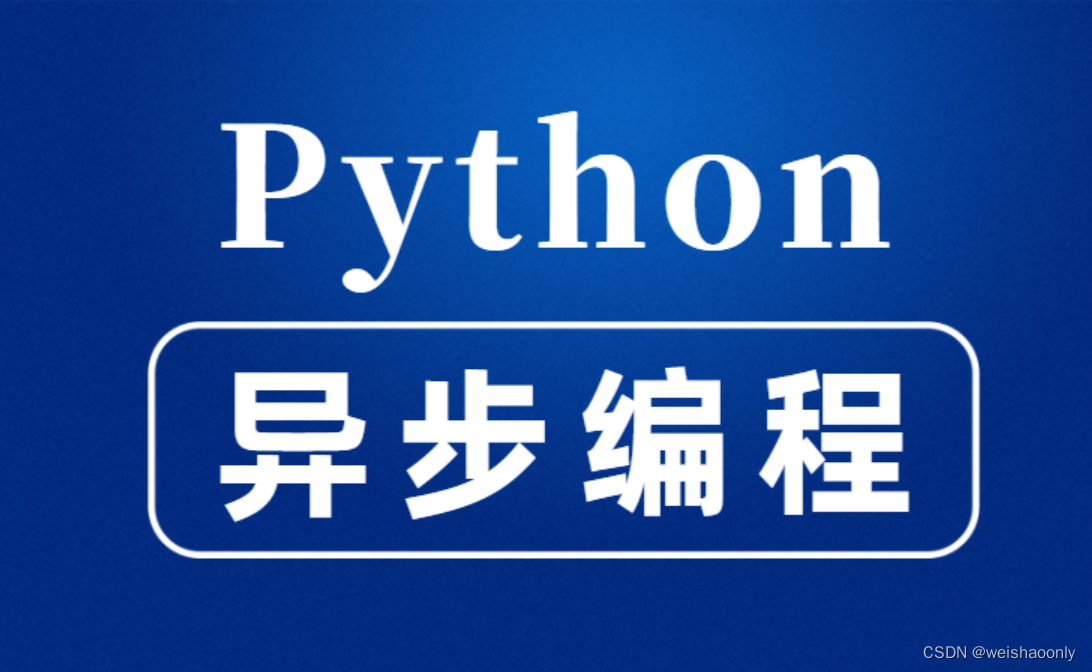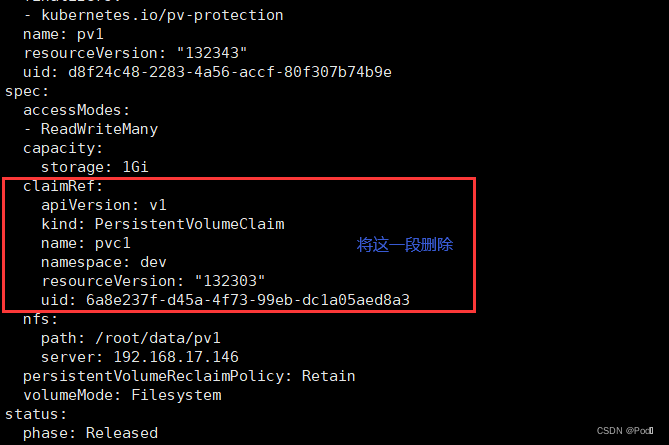分数 20
全屏浏览题目
切换布局
作者 CHEN, Yue
单位 浙江大学
The "eight queens puzzle" is the problem of placing eight chess queens on an 8×8 chessboard so that no two queens threaten each other. Thus, a solution requires that no two queens share the same row, column, or diagonal. The eight queens puzzle is an example of the more general N queens problem of placing N non-attacking queens on an N×N chessboard. (From Wikipedia - "Eight queens puzzle".)
Here you are NOT asked to solve the puzzles. Instead, you are supposed to judge whether or not a given configuration of the chessboard is a solution. To simplify the representation of a chessboard, let us assume that no two queens will be placed in the same column. Then a configuration can be represented by a simple integer sequence (Q1,Q2,⋯,QN), where Qi is the row number of the queen in the i-th column. For example, Figure 1 can be represented by (4, 6, 8, 2, 7, 1, 3, 5) and it is indeed a solution to the 8 queens puzzle; while Figure 2 can be represented by (4, 6, 7, 2, 8, 1, 9, 5, 3) and is NOT a 9 queens' solution.
|
|
| |
|---|---|---|
| Figure 1 | Figure 2 |
Input Specification:
Each input file contains several test cases. The first line gives an integer K (1<K≤200). Then K lines follow, each gives a configuration in the format "N Q1 Q2 ... QN", where 4≤N≤1000 and it is guaranteed that 1≤Qi≤N for all i=1,⋯,N. The numbers are separated by spaces.
Output Specification:
For each configuration, if it is a solution to the N queens problem, print YES in a line; or NO if not.
Sample Input:
4
8 4 6 8 2 7 1 3 5
9 4 6 7 2 8 1 9 5 3
6 1 5 2 6 4 3
5 1 3 5 2 4
Sample Output:
YES
NO
NO
YES
代码长度限制
16 KB
时间限制
300 ms
内存限制
64 MB
#include<bits/stdc++.h>
using namespace std;
const int N=1010;
int main(){
int k,n;
cin>>k;
while(k--){
cin>>n;
int t[n];
bool success=true;
for(int i=0;i<n;i++){
cin>>t[i];
for(int j=0;j<i;j++)
if(t[j]==t[i]||abs(t[j]-t[i])==abs(j-i))
success=false;//若现在这个皇后与之前的皇后在同一行或同一对角线则false
}
if(success)puts("YES");
else puts("NO");
}
return 0;
}
